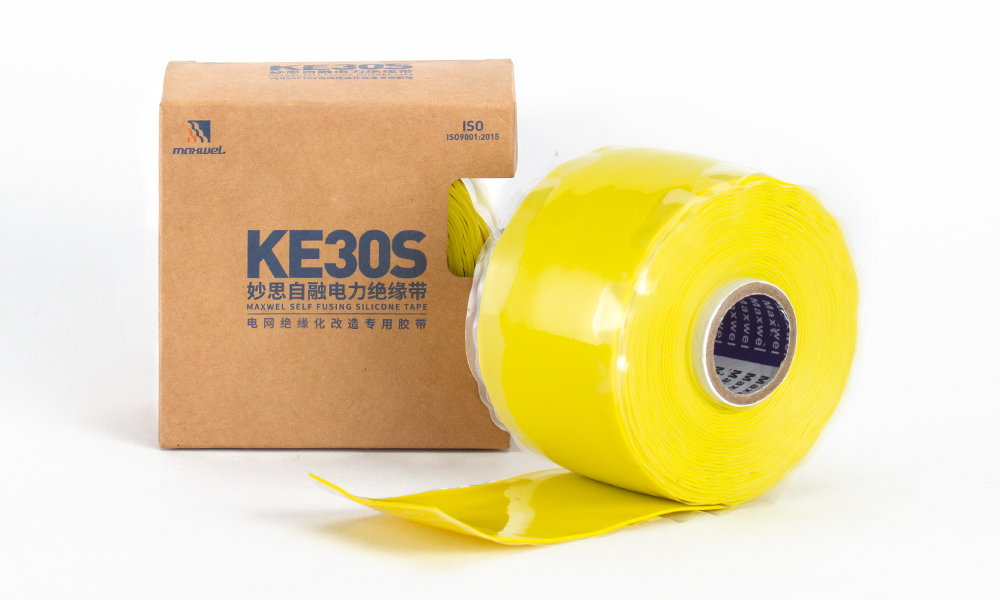In the past spring, we have witnessed the birth of many new methods of recycling and repairing carbon fiber reinforced composite materials, but most of them are still in the laboratory research and development stage, and some of them even need to completely change the production of composite materials. Process to adapt to these new methods. Now, a new technology from Georgia Tech can recover 100% of certain types of thermosetting epoxy resin-based carbon fiber reinforced composite materials, and can also be used to repair the damage on the surface of the material.
Recycling and repair have always been two problems that plague the large-scale application of such materials in automobile production. So far, most existing recycling measures have not been able to retain the original mechanical properties of fiber and polymer composites. Therefore, new measures for this stubborn material that is difficult to repair and recycle, especially for carbon fiber, will greatly benefit aerospace and other industrial fields.
The head of the research team at Georgia Tech’s Renewable Bioproducts Institute and professor of mechanical engineering Jerry Qi believes that this new technology faces two major challenges in the recycling of traditional carbon fiber composites: one is Polymer composite materials usually have a rubber-like cross-linked network, which is difficult to dissolve directly; second, it is difficult to separate the carbon fibers mixed in the polymer, and the carbon fiber is the most worthy part of recycling.
The researchers focused on composite materials using “vitrimer” epoxy resins, because under certain circumstances, these epoxy resins can change their structural form while ensuring the integrity of the cross-linked network.
The research team described their work in detail in an article in Advanced Functional Materials: immersing a plastic epoxy resin compound in an alcohol solution while raising the temperature. Because the solvent molecules are small enough, they can participate in the chain transfer reaction that occurs in the epoxy resin covalent bond network, and then dissolve and split the macromolecular chain into short chains.
Once the epoxy resin is dissolved, the carbon fiber can be completely extracted and retain the original mechanical properties and shape when leaving the factory. When the entire solution system is continuously heated, the epoxy resin can be polymerized again, which means that a new generation of reusable polymer fiber composites becomes possible.
The research team also found that this process can also be used to repair polymer surfaces. It is worth mentioning that the repaired or recycled materials still retain the original mechanical properties. Kai Yu, the lead author of the article and a former post-doctoral researcher in mechanical engineering at Georgia Institute of Technology, said that the simplicity, directness, operability and predictability of this technology make this technology well applicable to industrial production.









